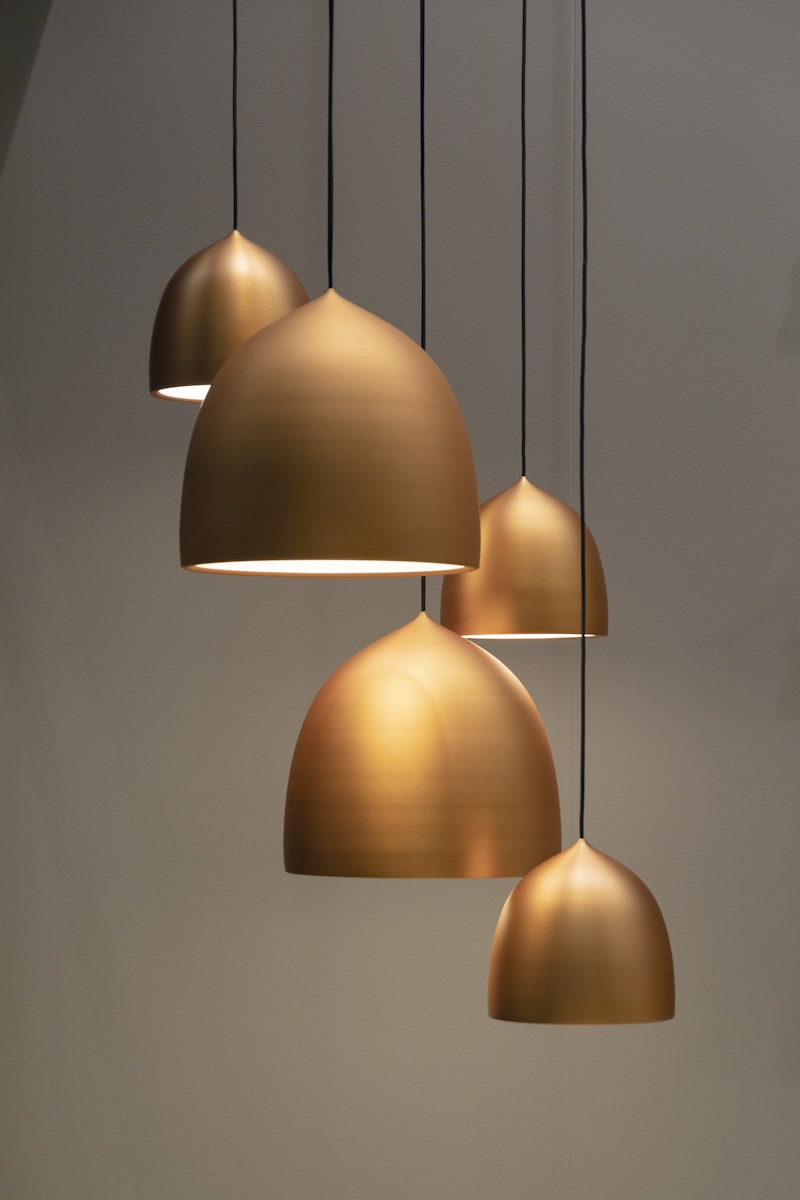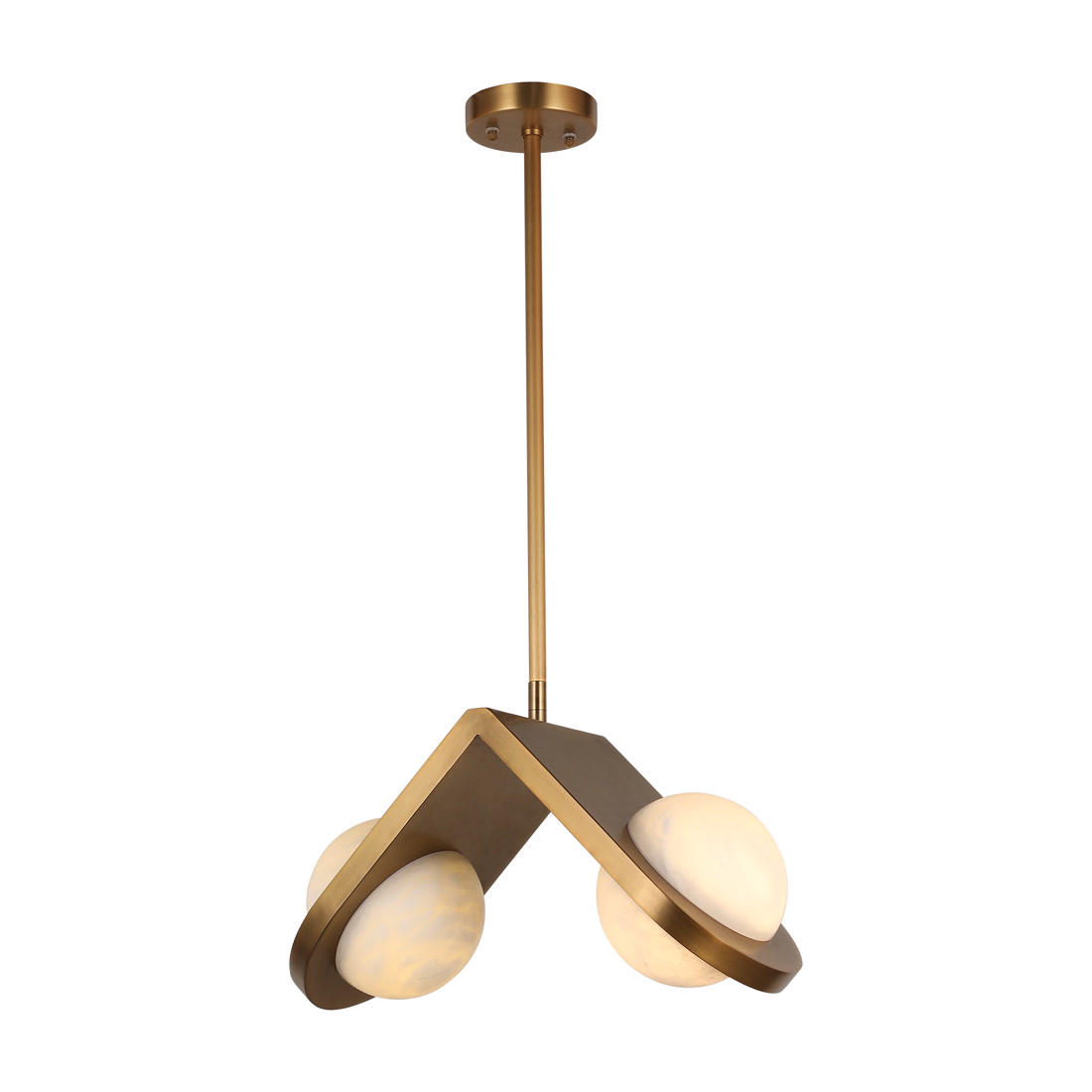Crafting the Perfect Illumination: A Comprehensive Guide to Lighting Design
Crafting the Perfect Illumination: A Comprehensive Guide to Lighting Design
Introduction to Perfect Illumination
Lighting is not merely a functional element of interior and exterior spaces; it is an art form that can create ambiance, highlight architectural features, and evoke emotions. In this detailed guide, we will delve into the concept of "Crafting the Perfect Illumination." Whether you are redesigning your home, planning a commercial space, or just looking to enhance your current lighting setup, understanding the principles of effective lighting design is crucial.
The Importance of Good Lighting
Good lighting can transform a room, making it feel larger, warmer, and more inviting. It affects our mood, productivity, and overall well-being. One might wonder, what are the major benefits of effective lighting? Here are a few:
| Benefit | Description |
| Improved Mood | Proper illumination can enhance the mood and ambiance of any space. |
| Increased Productivity | Workplaces with adequate lighting have been shown to improve employee productivity. |
| Enhanced Safety | Good Outdoor lighting reduces accidents and increases security. |
| Highlighting Features | Lighting can be used to highlight artwork or architectural elements. |
Types of Lighting
Understanding the different types of lighting is essential when crafting the perfect illumination. There are three primary categories:
- Ambient Lighting: This is the general lighting of a space, providing overall illumination. It sets the mood for the room.
- Task Lighting: This type of lighting is focused on specific areas to help you perform tasks such as reading or cooking. desk lamps and under-cabinet lights are common examples.
- Accent Lighting: Used to highlight certain areas or objects, such as artwork or architectural details. This lighting adds drama and character to a room.
Factors to Consider When Designing Lighting
Crafting the perfect illumination involves several considerations:
1. Purpose of the Space
The function of the room greatly influences the type of lighting you should use. For instance, a kitchen would benefit from bright, task-oriented lighting, while a bedroom might be better suited for soft, ambient lighting.
2. Color Temperature
The color temperature of the light bulbs you choose can affect mood and comfort. Measured in Kelvin (K), the warmth or coolness of the light plays a crucial role in establishing the atmosphere. For instance:
| Kelvin Rating | Color Description |
| 2000K - 3000K | Warm White |
| 3100K - 4500K | Cool White |
| 4600K - 6500K | Daylight |
3. Size and Scale
The size of light fixtures should be proportionate to the space. An oversized chandelier in a small room can overwhelm, while tiny fixtures in a spacious environment may go unnoticed.
4. Layering Light
Layering different types of lighting can create depth and interest in your design. Combining ambient, task, and accent lighting visually enhances space.
Tips for Crafting the Perfect Illumination
Here are some practical tips to help you achieve the perfect light setting:
- Use Dimmer Switches: Dimmers give you flexibility, allowing you to adjust brightness based on time of day or activity.
- Choose the Right Fixtures: The style of lighting fixtures should complement the overall decor of the space.
- Consider Smart Lighting: Smart bulbs can be controlled via smartphone apps to change the color and intensity of lights.
- Position Lighting Strategically: Light sources should be placed to reduce harsh shadows or glare.
- Test Lighting: Before finalizing your setup, test different lighting scenarios to see what works best for your space.

Common Lighting Mistakes to Avoid
While creating the perfect illumination, beware of these common pitfalls:
- Overhead Lighting Only: Relying solely on Ceiling Lights can make spaces feel flat and uninviting.
- Inadequate Task Lighting: Neglecting task lighting can lead to eye strain and discomfort.
- Ignoring Natural Light: Always consider natural light sources. They can significantly enhance the lighting of your space.
Conclusion: Perfecting Your Illumination
In conclusion, crafting the perfect illumination requires a thoughtful approach that considers the function, atmosphere, and Aesthetics of your space. By understanding different types of lighting, their purposes, and how they can be layered and styled, you can transform any environment.
As we have discussed, proper lighting has multiple benefits, from improving mood and productivity to increasing safety and enhancing aesthetic appeal. Remember to avoid common mistakes, and don't hesitate to experiment with various lighting options. Whether for your home or office, with careful consideration, you can achieve the perfect illumination that fulfills both practical and artistic needs.
